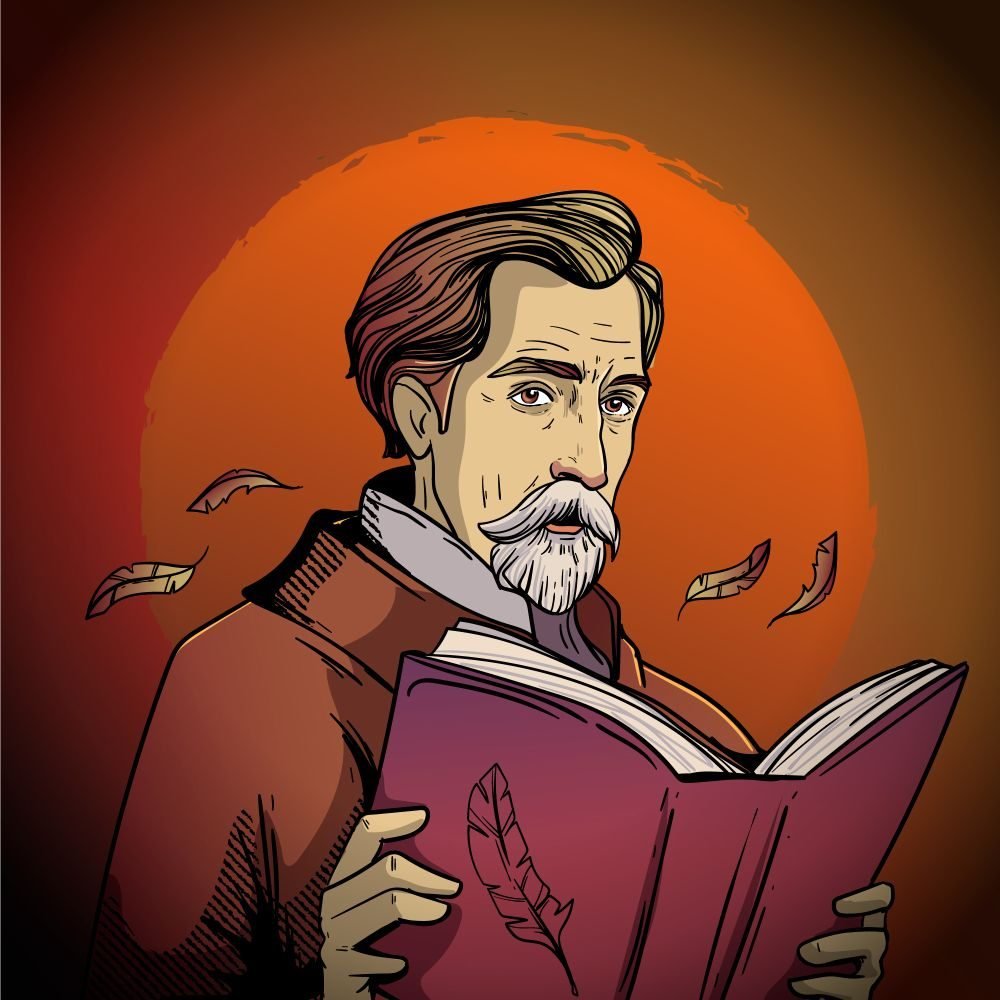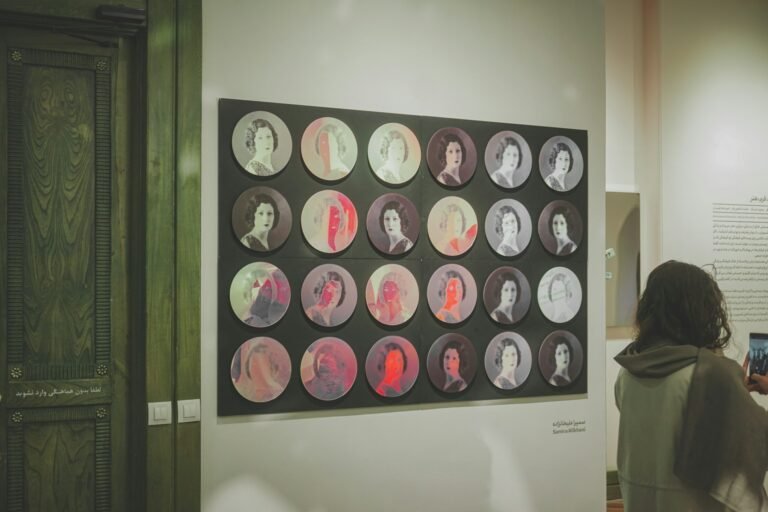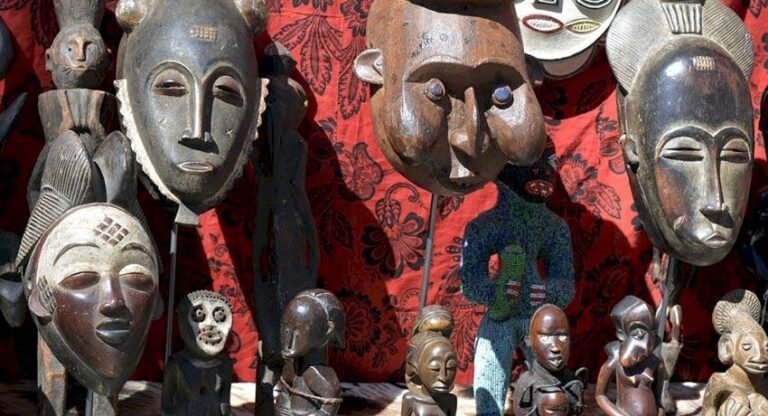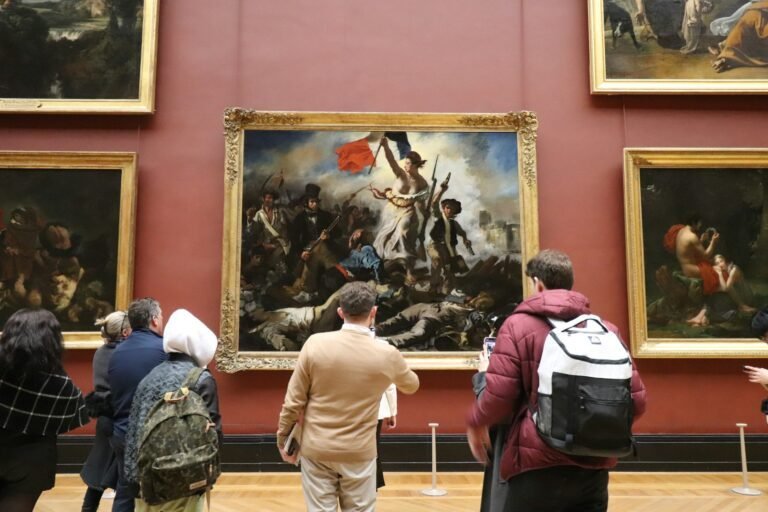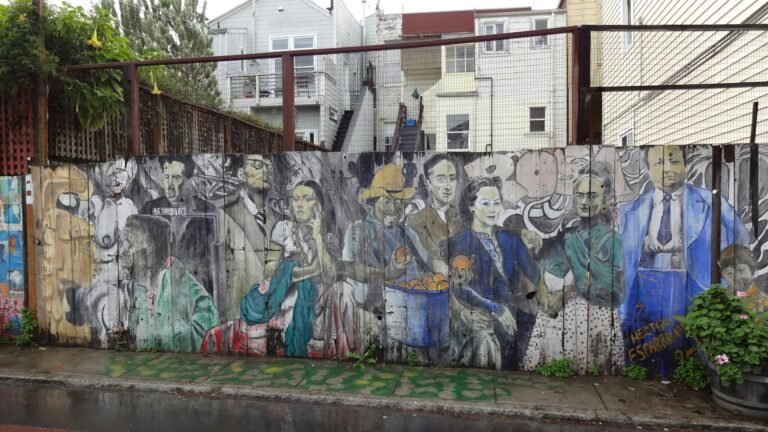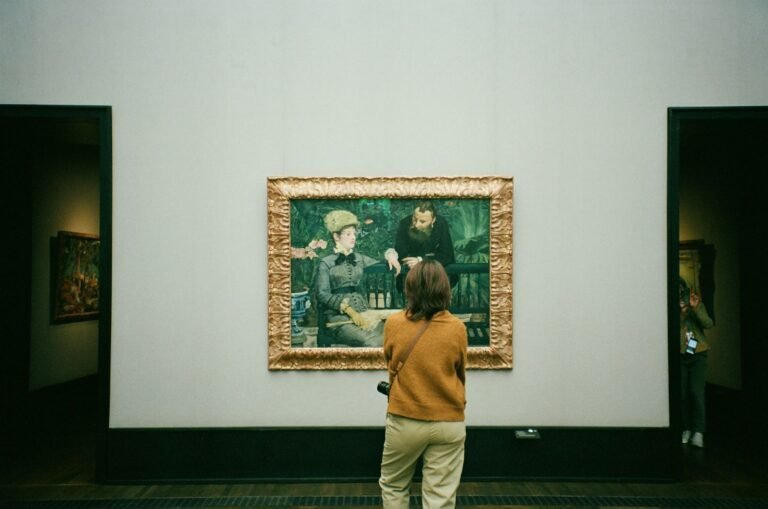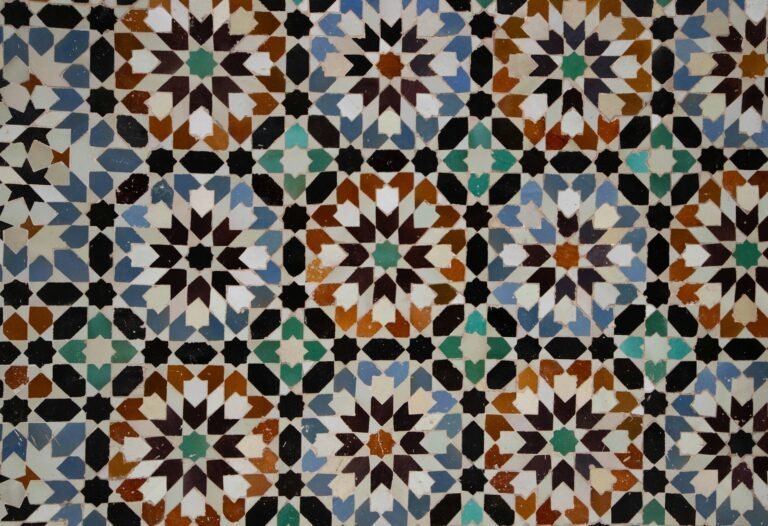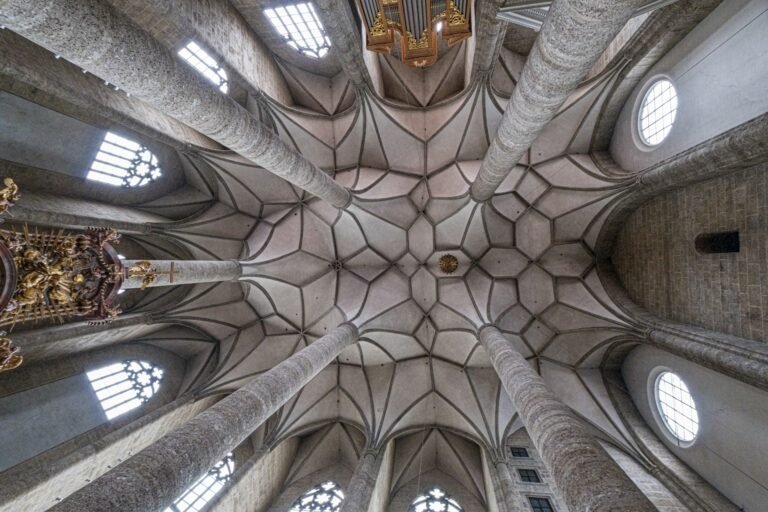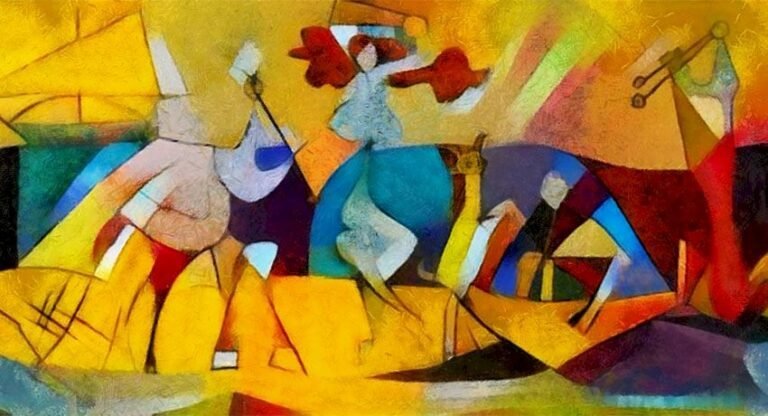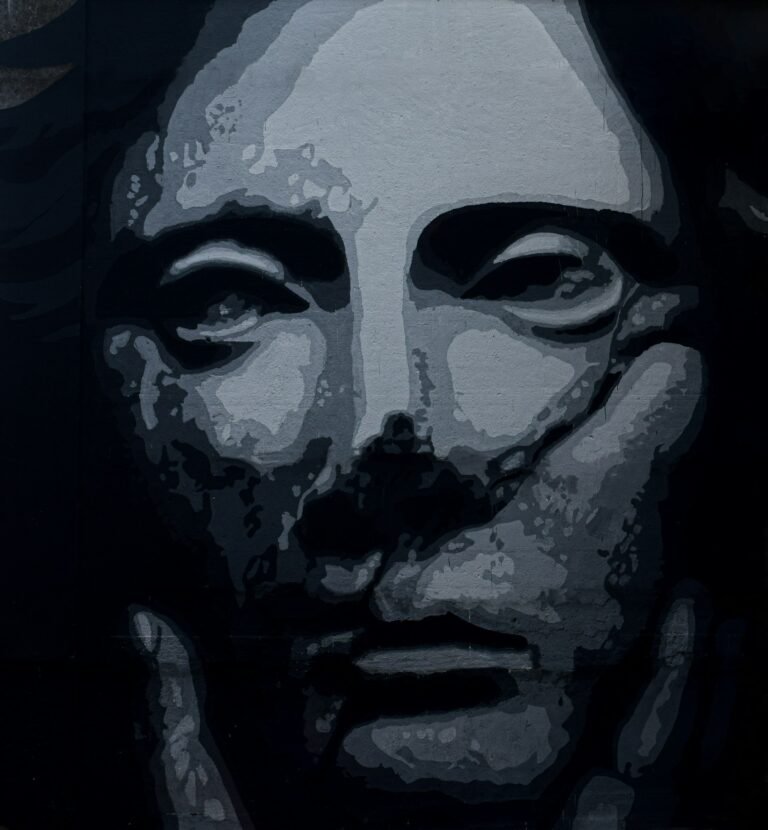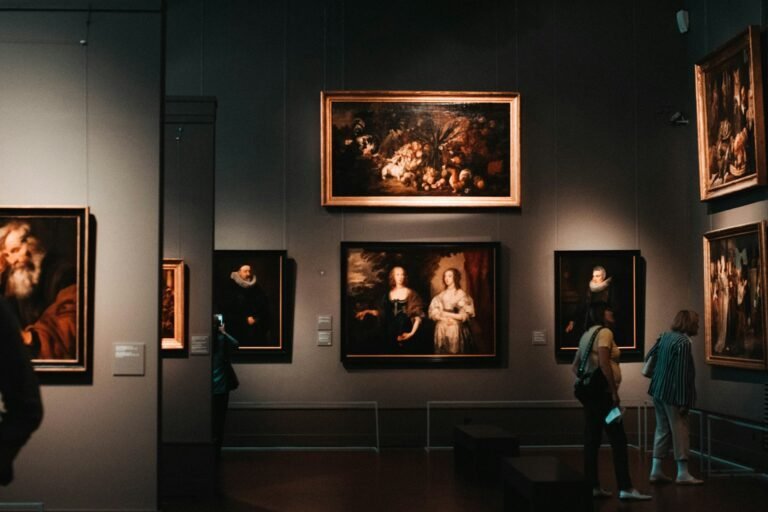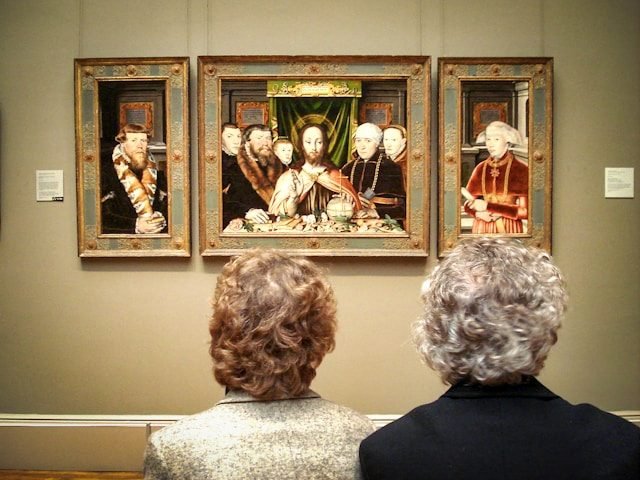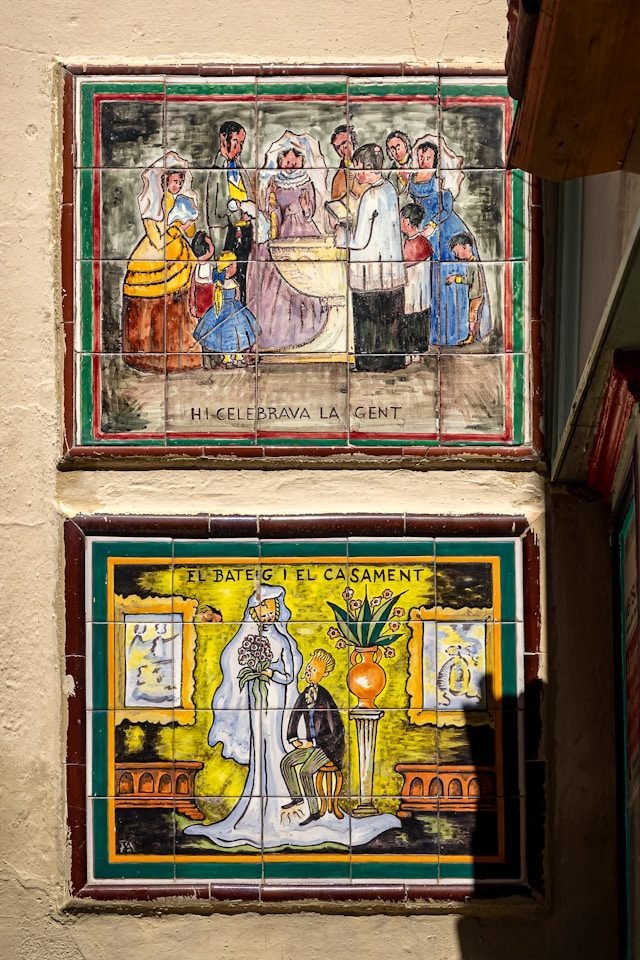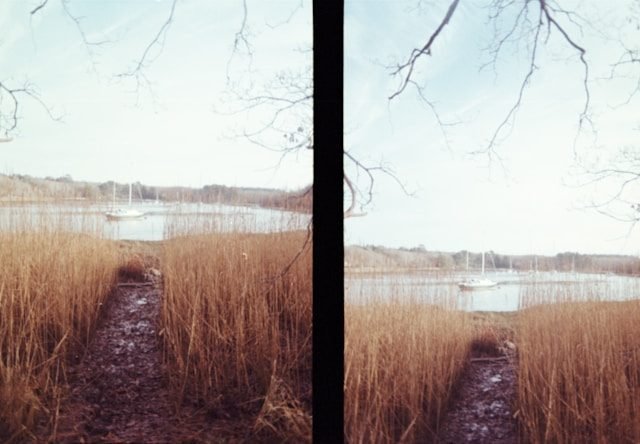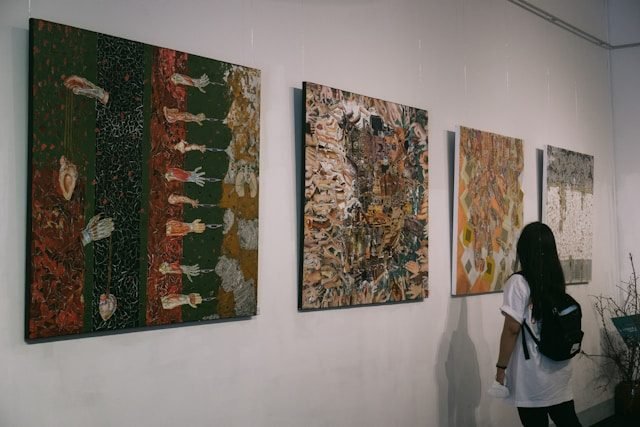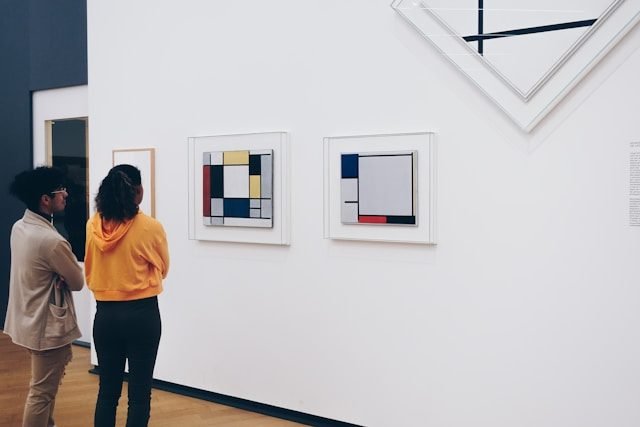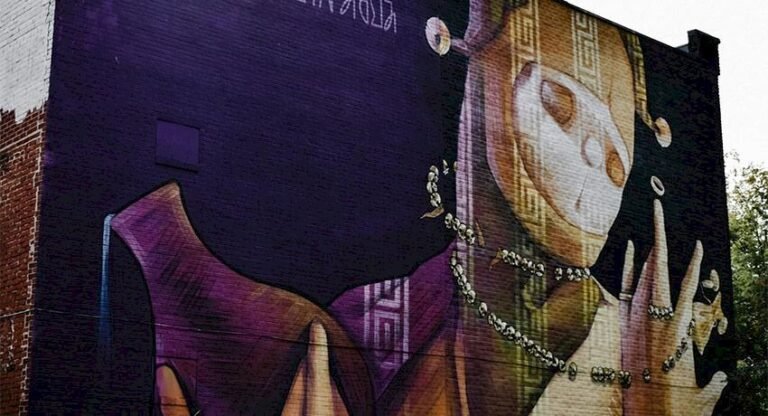Famous Pre-Raphaelite Poets
The Pre-Raphaelite movement, often associated with visual art, was equally influential in the realm of literature—particularly poetry. Emerging in mid-19th century England, the movement sought to reform both art and literature by rejecting the mechanistic approach and artificial conventions that had developed after the High Renaissance. Inspired by medievalism, romanticism, and nature, Pre-Raphaelite poets emphasized vivid imagery, emotional depth, and symbolic richness. The poetry of this movement was often characterized by its sensuous language, exploration of medieval themes, and intense emotional introspection. Among the most significant and celebrated poets of the Pre-Raphaelite Brotherhood were Dante Gabriel Rossetti, Christina Rossetti, William Morris, and Algernon Charles Swinburne. Each contributed uniquely to the literary legacy of the movement, weaving together visual beauty, lyrical mastery, and complex moral or spiritual themes.
Dante Gabriel Rossetti: The Founding Spirit
Dante Gabriel Rossetti (1828–1882) was one of the founding members of the Pre-Raphaelite Brotherhood (PRB), established in 1848. Equally a painter and a poet, Rossetti’s literary work is characterized by lush imagery, sensuality, and a strong medieval aesthetic. His dual identity as artist and poet is evident in how he used language with the same richness and detail as he did color in his paintings. His poetry, often deeply personal and passionate, explored themes of love, death, memory, and art.
One of Rossetti’s most famous poems is “The Blessed Damozel”, which describes a dead woman looking down from heaven and longing for reunion with her lover on earth. The poem combines religious imagery with romantic longing, encapsulating the Pre-Raphaelite blending of spiritual and sensual elements. Another significant work is his “Sonnet Sequence, The House of Life”, a profound exploration of love and artistic creation. These sonnets delve into the complexities of human emotion, the union of body and soul, and the power of artistic expression.
Rossetti was also instrumental in resurrecting interest in medieval literature and translated works by Italian poets like Dante Alighieri, from whom he derived his own name. His translations of La Vita Nuova reflect his deep appreciation for spiritualized love and the aesthetics of early Italian poetry. Rossetti’s artistic vision and literary style would significantly influence his contemporaries and future generations, earning him a central place in the canon of Pre-Raphaelite poets.
Christina Rossetti: The Moral and Spiritual Voice
Christina Rossetti (1830–1894), the younger sister of Dante Gabriel Rossetti, is often regarded as one of the greatest female poets of the Victorian era. Though she was not officially a member of the Pre-Raphaelite Brotherhood, her themes, style, and family connection firmly align her with the movement. Her poetry often explored themes of faith, love, death, and renunciation, infused with a deep spiritual sensitivity and lyrical beauty.
One of her most well-known poems is “Goblin Market”, a narrative piece rich in symbolic and sensual imagery. While on the surface, the poem tells a fairy-tale-like story of two sisters tempted by goblin merchants, it is widely interpreted as a complex allegory on temptation, sacrifice, and redemption. The poem’s lush descriptions and rhythmic musicality make it a quintessential example of Pre-Raphaelite poetry. Another celebrated poem, “Remember”, is a meditation on death and the enduring nature of love and memory, illustrating her characteristic blend of melancholy and hope.
Christina Rossetti’s religious devotion played a central role in her poetry. Works such as “Up-Hill” and “Good Friday” reflect her High Anglican beliefs and her preoccupation with salvation, suffering, and divine grace. Unlike the overt sensuality of her brother’s work, Christina’s poetry often emphasized self-restraint, spiritual yearning, and the conflict between earthly and eternal desires. Her ability to combine devotional intensity with poetic elegance established her as a unique voice within the Pre-Raphaelite circle and beyond.
William Morris: The Visionary Craftsman
William Morris (1834–1896) was a multifaceted figure—poet, designer, socialist, and key member of the later Pre-Raphaelite movement. While he began as a disciple of Rossetti, his work eventually evolved to reflect his own distinct blend of artistic and political concerns. Deeply inspired by medieval literature and aesthetics, Morris’s poetry reflected an idealized view of the past, as well as a yearning for a more just and beautiful world.
His first major poetic work, “The Defence of Guenevere and Other Poems” (1858), showcases his fascination with Arthurian legend and medieval romance. The poems in this collection are notable for their psychological depth, dramatic monologues, and moral ambiguity—qualities that align with Pre-Raphaelite ideals. Morris’s use of archaic language and narrative style was deliberately unorthodox at the time, challenging the more conventional poetic forms of the Victorian era.
Morris’s later poetic efforts include the ambitious “The Earthly Paradise”, a vast cycle of tales told by a group of medieval wanderers seeking eternal youth. Drawing on classical and Norse mythology, this work reflects both Morris’s deep love for storytelling and his desire to create a utopian vision of human life. The poems in The Earthly Paradise are notable for their narrative richness, idyllic settings, and philosophical reflection.
Though Morris would later become more focused on political activism and social reform, his poetic contributions remain central to the Pre-Raphaelite legacy. His belief in the unity of art, life, and labor, along with his romantic vision of the past, influenced the Arts and Crafts Movement and helped bridge the gap between Pre-Raphaelite medievalism and modernist aesthetics.
Algernon Charles Swinburne: The Rebel Aesthetician
Algernon Charles Swinburne (1837–1909) occupies a complex place within the Pre-Raphaelite literary tradition. Though not a member of the original Brotherhood, Swinburne was closely associated with its second wave and shared many of its artistic and thematic concerns. Known for his controversial themes, musical language, and classical references, Swinburne brought a bold and provocative voice to Pre-Raphaelite poetry.
His first major collection, “Poems and Ballads” (1866), caused a sensation upon publication due to its sensual and often erotic content. Poems such as “Dolores”, “The Triumph of Time”, and “Anactoria” shocked Victorian audiences with their open treatment of sexuality, atheism, and sadomasochistic themes. Swinburne’s verse was also distinguished by its complex metrical patterns and lush, musical language—a hallmark of Pre-Raphaelite style taken to extremes.
Swinburne’s fascination with classical antiquity and tragic beauty aligned with Pre-Raphaelite interests, though he often expressed a more nihilistic or decadent outlook. His later work, including “Songs Before Sunrise”, was more politically charged and reflective of his radical beliefs, including support for republicanism and atheism. While these later poems lacked the sensual excess of his early work, they retained his signature rhetorical power and poetic craftsmanship.
Though often criticized for his excesses, Swinburne’s stylistic innovations and fearless exploration of taboo subjects helped expand the boundaries of Victorian poetry. His influence can be seen in the works of the Decadent movement and early Modernist poets. Swinburne remains a figure of both fascination and controversy—an enfant terrible of Pre-Raphaelite poetry.
Other Notable Figures
While Rossetti, Christina Rossetti, Morris, and Swinburne represent the core of Pre-Raphaelite poetic achievement, several other writers were associated with or influenced by the movement. Edward Burne-Jones, though primarily known as a painter, also dabbled in poetry and shared many of the aesthetic ideals of his close friend William Morris. Likewise, Ford Madox Brown, another visual artist, wrote occasionally and contributed to the intellectual milieu of the Brotherhood.
Another significant literary figure linked to the Pre-Raphaelites is Oscar Wilde, though he is more often associated with the Aesthetic and Decadent movements. Wilde’s early poetry and prose exhibit many Pre-Raphaelite qualities, such as elaborate imagery, idealized beauty, and medieval themes. While not strictly a Pre-Raphaelite, Wilde admired Rossetti and Swinburne and inherited many of their stylistic and thematic preoccupations.
Themes and Aesthetic Principles
Pre-Raphaelite poetry is marked by several recurring themes and stylistic features. Foremost among these is a deep engagement with medievalism—not just in terms of setting and subject matter, but in the moral and spiritual dimensions of chivalry, courtly love, and heroic virtue. This medieval nostalgia offered an escape from the industrialized, morally rigid Victorian society and allowed for a more emotional and imaginative exploration of human experience.
Another key element is the fusion of sensuality and spirituality. While some Pre-Raphaelite poems are overtly religious, others treat romantic and physical love with reverence bordering on the sacred. This duality reflects a broader Romantic tension between body and soul, desire and purity.
Nature also plays a central role in Pre-Raphaelite poetry, often depicted with intricate detail and symbolic weight. Poets used natural imagery not only to evoke beauty but to suggest deeper emotional or philosophical meanings.
The Pre-Raphaelite style is characterized by rich language, vivid imagery, and careful attention to form and meter. The poets sought to create beauty through precise language and to evoke intense emotional responses. Their commitment to aestheticism—art for art’s sake—was both a strength and a point of criticism, especially as social and political movements gained traction in Victorian society.
Legacy and Influence
The influence of the Pre-Raphaelite poets extended well beyond their immediate circle. Their work laid the groundwork for later literary movements, particularly Aestheticism and Decadence in the late 19th century. Poets such as Oscar Wilde and Aubrey Beardsley drew inspiration from the Pre-Raphaelite emphasis on beauty, symbolism, and emotional intensity.
In the 20th century, elements of Pre-Raphaelite poetry resurfaced in the work of Modernist poets who appreciated the movement’s linguistic innovation, even if they rejected its sentimentality. The Pre-Raphaelites also contributed to a broader cultural shift toward interdisciplinary art, blurring the lines between literature, visual art, and design—a legacy evident in modern artistic collaborations.
Moreover, the rediscovery of Christina Rossetti in the context of feminist literary criticism has further enriched the movement’s reputation. Her exploration of gender, power, and spirituality has attracted considerable scholarly attention and positioned her as a major figure not just in Pre-Raphaelite poetry, but in English literature as a whole.
Conclusion
The Pre-Raphaelite poets carved out a distinctive space in 19th-century English literature, uniting visual richness with poetic depth. Through the works of Dante Gabriel Rossetti, Christina Rossetti, William Morris, and Algernon Charles Swinburne, the movement offered a lyrical response to the mechanized and moralistic tendencies of Victorian England. Their poetry championed beauty, emotion, and medievalism while exploring the complexities of love, death, and faith. Though often seen as a reactionary force against modernity, the Pre-Raphaelites ultimately helped shape the aesthetic consciousness of future generations. Their legacy endures in both the beauty of their verse and the boldness of their vision.
